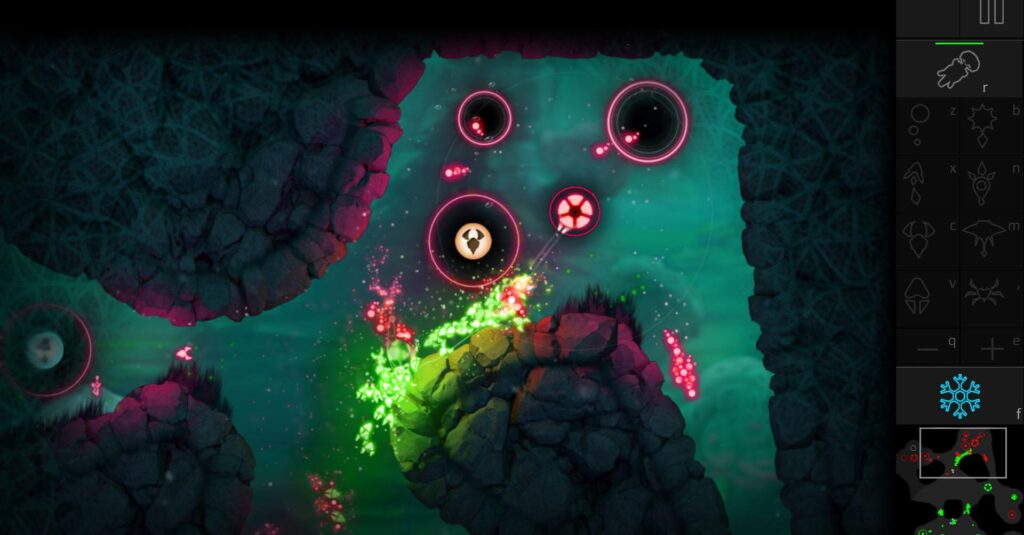Are you curious to know what is BOID? You have come to the right place as I am going to tell you everything about BOID in a very simple explanation. Without further discussion let’s begin to know what is BOID?
In an interconnected digital age, the concept of “BOIDs” emerges as a fascinating phenomenon that showcases the power of collective intelligence and the dynamics of group behavior. BOIDs, an abbreviation of “Birds, Organizations, Individuals, and Data,” represents a unique framework that draws insights from nature to understand how social systems, organizations, and even individuals interact and make decisions. In this blog post, we will delve into the world of BOIDs, exploring its origin, principles, and the implications it holds for a wide range of applications.
What Is BOID?
BOIDs is a concept inspired by the collective behavior of birds, known as flocking. Coined by Craig Reynolds, a computer graphics researcher, in the 1980s, the term BOIDs highlights the idea that individuals within a group can display complex and cohesive behavior patterns even without centralized control. This principle has found applications in various fields, including artificial intelligence, swarm robotics, and social dynamics.
The Principles Of BOIDs
- Separation: In a flock of birds or a group of entities, each member tries to maintain a safe distance from its neighbors. This prevents collisions and ensures smooth movement within the group.
- Alignment: BOIDs exhibit a tendency to align their movement with the average direction of their neighbors. This creates a sense of cohesion and ensures the group moves in a unified direction.
- Cohesion: BOIDs are drawn towards the center of mass of neighboring entities. This cohesion prevents individuals from becoming isolated and encourages the group to stay together.
Applications Of BOIDs
- Artificial Intelligence: The principles of BOIDs have been employed in artificial intelligence and computer graphics to simulate realistic and lifelike behaviors in virtual characters, animals, and even crowds.
- Swarm Robotics: BOIDs concepts are used in swarm robotics, where groups of small robots work collaboratively to achieve tasks, such as exploration, surveillance, or search-and-rescue missions.
- Economics and Social Sciences: BOIDs principles have been applied to understand collective decision-making in human societies, including market behaviors, crowd dynamics, and social movements.
- Traffic Flow: The principles of separation, alignment, and cohesion have been used to model and improve traffic flow in urban environments, aiming for smoother and more efficient movement.
- Urban Planning: BOIDs concepts are utilized to optimize the design of urban spaces, including pedestrian movement in public areas and the layout of transportation systems.
Implications And Insights
- Decentralized Control: BOIDs illustrate that complex behavior can emerge from simple rules followed by individuals. This concept has influenced discussions on decentralized decision-making and autonomous systems.
- Collective Intelligence: BOIDs highlight the power of collective intelligence and how it can drive efficient and harmonious group behavior.
- Adaptability: BOIDs principles emphasize the adaptability of social systems and their ability to respond to changing conditions without central coordination.
Conclusion
The world of BOIDs offers a fascinating glimpse into the dynamics of collective behavior, uniting nature, science, and technology. By drawing inspiration from the interactions of birds in a flock, this concept has paved the way for insights that extend beyond the animal kingdom, influencing fields ranging from artificial intelligence to urban planning. As we explore the principles of BOIDs, we uncover the potential for harnessing the power of connection and collaboration to create innovative solutions and better understand the intricate mechanisms that govern our world.
FAQ
How Do I Find My BOID Number?
By visiting the profile section of the website, you can find your BO ID on your Demat account statements. It consists of 16 digits, with the first 8 representing DP ID with CSDL and the last 8 representing the client ID. When you open an account, you will receive your DP ID.
Is BOID And Demat Same?
A Demat account number is a combination of the DP ID and the Beneficiary Owner (BO) ID of the Demat account holder. Usually, the first 8 digits of a Demat account number form the DP ID, and the last 8 digits make up the BO ID.
What Is A BOID In Banking?
What is BOID (Beneficial Owner Identification Number)? BOID is a unique 16 digit identification number given to BO which is generated only when BO. opens the demat account in CDSC through an authorized DP. BOID must be mentioned in all. future transactions.
What Is BOID And Demat Account Number?
The DP ID is the same for all Zerodha customers. It is 12081600 or 12081601¹. BO ID: The Beneficiary Owner Identification Number (BO ID) is an 8-digit number used to identify a unique demat account held with the depository (CDSL) through your Depository Participant (DP). Demat ID: The demat ID is a 16-digit number.
I Have Covered All The Following Queries And Topics In The Above Article
What Is BOID
What Is BOID In Cdsl
What Is BOID In Zerodha
What Is BOID In Angel Broking
What Is BOID In Groww
What Is BOID In Upstox
What Is BOID In Groww App
What Is BOID In Share Market
What Is BOID In Demat Account
What Is My BOID In Upstox
What Is BOID In Angel Broking App
What Is BOID In Nj Wealth
What Is BOID Number
What Is BOID In Nsdl
What Is Trusted BOID In Cdsl
What Is BOID In Motilal Oswal
What Is BOID
What is a Bo ID?



